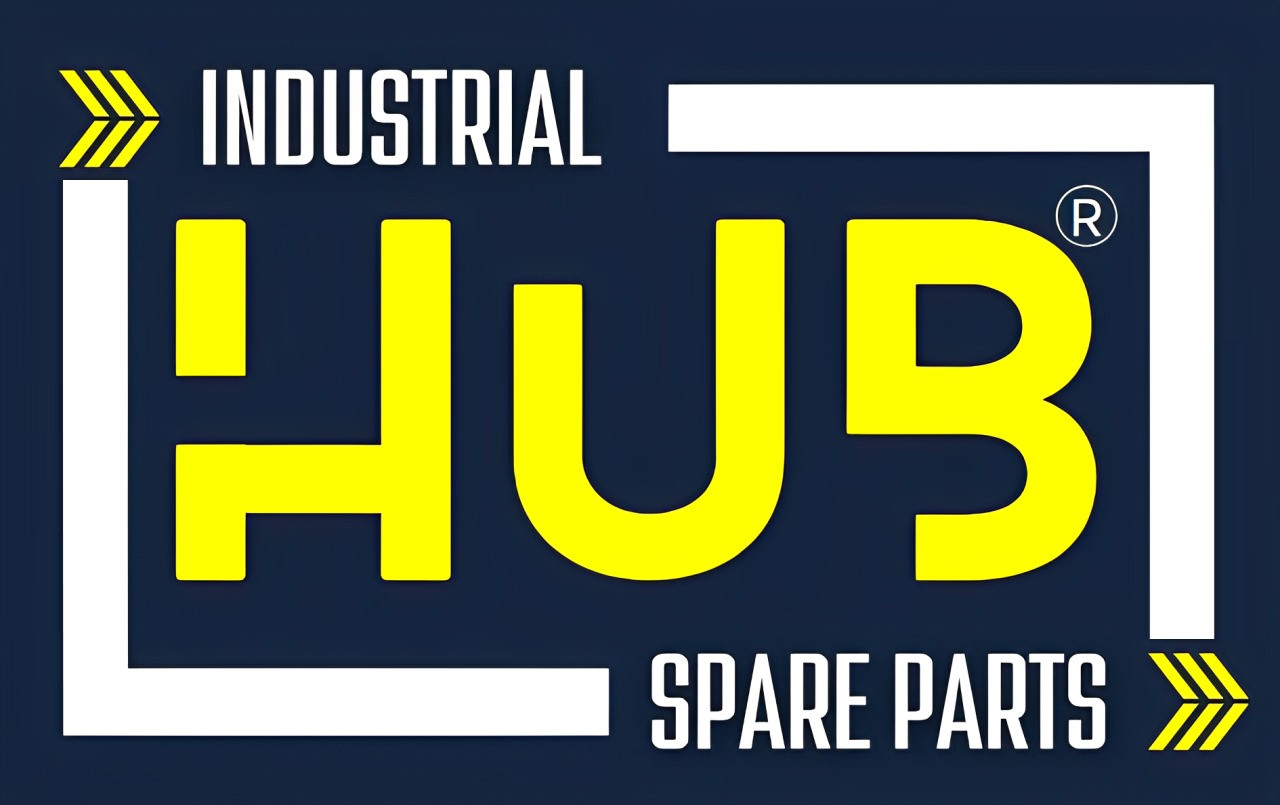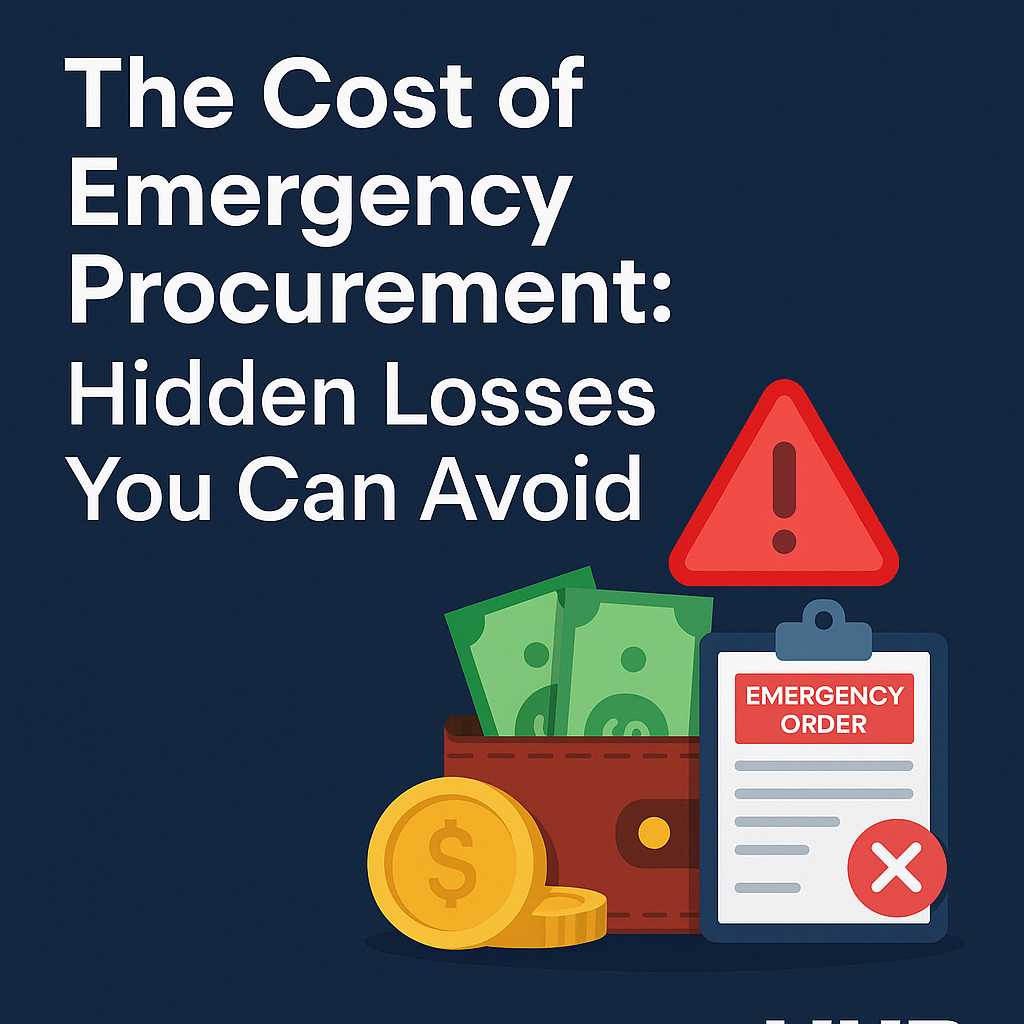No Item in Cart
The Cost of Emergency Procurement: Hidden Losses You Can Avoid
Introduction
Every factory faces breakdowns — but when spare parts aren’t available, emergency procurement kicks in. While this might solve the immediate issue, emergency procurement is one of the most expensive and disruptive practices in industrial operations.
In this post, we’ll expose the hidden costs behind emergency orders and show how HUB helps you avoid them with predictive planning and smart inventory strategies.
💸 What Is Emergency Procurement?
It refers to unplanned, last-minute purchases made in response to equipment failure or urgent demand.
While sometimes unavoidable, frequent emergency procurement is a red flag that your spare parts strategy lacks forecasting, planning, or visibility.
🧨 The Hidden Costs of Emergency Spare Parts Procurement
🚚 1. Expedited Shipping & Handling Charges
- Airfreight or same-day courier services come at a high premium — often 3–5x the cost of standard delivery.
💰 2. Higher Part Prices
- Suppliers may increase prices for urgent deliveries or limited stock — especially for obsolete or low-turnover parts.
⏱️ 3. Production Downtime
- Waiting for emergency parts delays repairs, halts operations, and increases the cost of lost production per hour.
📊 4. Manual Workload & Process Delays
- Emergency orders bypass workflows, requiring manual sourcing, approvals, and supplier vetting — increasing administrative load.
❌ 5. Inventory Disorganization
- Emergency buys often skip documentation and inventory updates, leading to duplicate purchases and stock visibility loss.
✅ How HUB Helps You Avoid Emergency Procurement
📅 1. Predictive Demand Planning
- HUB analyzes asset usage, failure trends, and historical data to forecast what parts you’ll need — and when.
🔔 2. Smart Reorder Alerts
- Set dynamic reorder points and receive alerts before critical levels are reached — avoiding stockouts.
📦 3. Maintenance-Linked Scheduling
- Tie spare part orders to planned maintenance cycles — so you’re never caught off guard.
🔍 4. Cross-Department Inventory Visibility
- Engineers and buyers across departments can see existing stock — reducing redundant emergency orders.
📈 5. Data-Driven Spend Insights
- Track how much is spent on emergency vs. planned procurement — and reduce the ratio over time using HUB reports.
💡 Pro Tip
- Use HUB’s “Emergency Order Flag” feature to track every rush request and its associated cost — then build a strategy to eliminate recurring offenders.
✅ Conclusion
- Emergency procurement is more than just an inconvenience — it’s a silent profit killer. With HUB, you can plan ahead, stock smartly, and prevent costly last-minute orders that drain your budget and disrupt your operations.
🔗 Start Planning Ahead with HUB: www.HUBspareparts.com
🔗 Get a Free Spare Parts Forecast Demo: WhatsApp chat














